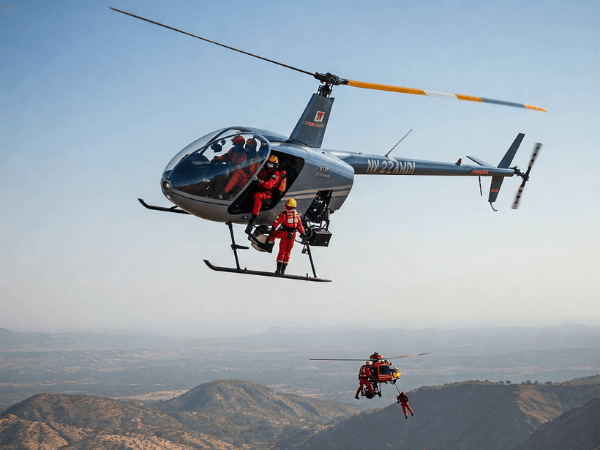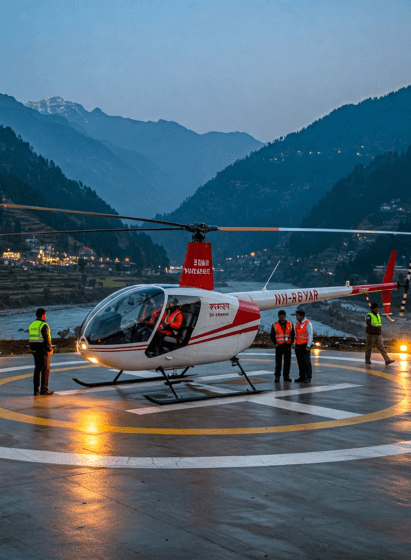Kedarnath is located at a high altitude of 1 1 ,500 ft. Being at such a high altitude involves exposure to extreme cold, low humidity, increased ultra violet radiations and reduced air pressure and oxygen. Since you will only be there for a couple of hours, the body cannot get enough time to acclimatize and adjust to the low oxygen levels, therefore you must not exert yourself, go slow and always catch your breath. If anyone exerts themselves too much too quickly, depending on individual fitness levels, some of the common high altitude sicknesses and their symptoms are listed below:
- Acute Mountain Sickness (AMS): AMS is the most common form of mountain sickness and may occur after you ascend to altitudes
above 2,500m.
Symptoms: Breathing problems, headache, loss of appetite, nausea, vomiting, fatigue, weakness, dizziness and difficulty in sleeping.
- High Altitude Cerebral Edema (HACE):
HACE is a severe form of AMS and occurs due to swelling of the brain tissue which may eventually impair the brain. The illness often manifests itself at night and may result in coma/ death within hours.
Symptoms: Breathing problems, headache, fatigue, visual impairment, bladder dysfunction, bowel dysfunction, disorientation and partial
paralysis.
- High Altitude Pulmonary Edema (HAPE): HAPE results in respiratory failure due to accumulation of fluid in the lungs. HAPE manifests itself at night (typically the second night of climbing in high altitude areas), progresses rapidly and may lead to fatality within hours.
Symptoms: Shortness of breath even when resting, persistent dry cough, bright red stained sputum, weakness, fatigue, drowsiness, chest tightness, congestion and increased heart rate. Younger people are held to be more susceptible to this ailment as, in exuberance, they are inclined to over exert while trekking.





